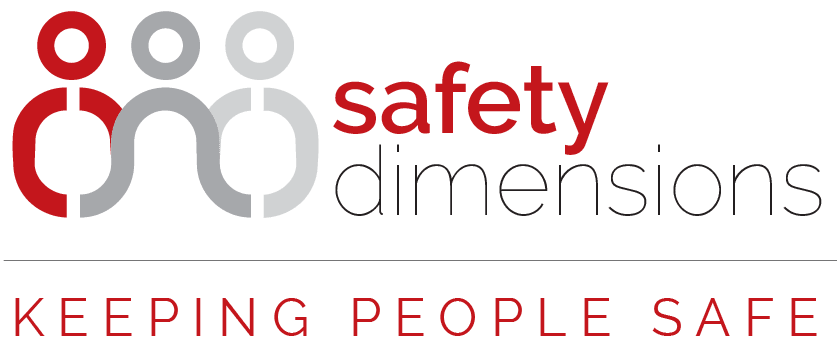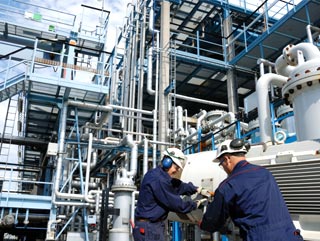Case Studies
Enquire nowSEE MORE CASE STUDIES: SAFETY LEADERSHIP | RISK MANAGEMENT | LEADERSHIP | HEALTH & WELLBEING
Transforming Safety Culture
Safety performance was not improving, despite several attempts by the WHS team. The organisation decided that the safety system and culture required a total overhaul. Safety Dimensions put in place a review, including a culture survey that resulted in four main initiatives.
Together we:
- Changed procedures to fit to new standard AS4801 (externally audited)
- Facilitated the development of the senior executive team’s roles and facilitated their input to the next stage of cultural maturity (we used SD’s Transformational Leadership program to achieve this)
- Developed activities and processes to support the new desired safety culture, including safety indicators and reporting dashboard, 360° safety leadership reviews, coaching for senior leaders, and internal communications
- Designed and delivered Safety Leadership training sessions
The result of our work included:
- Improved safety culture survey results
- Increased senior leadership commitment to safety through words and deeds
- 87% drop in LTIs and injury severity rates
- Increased proactive reporting
- Decreased anti-management’ sentiment and less negative union campaigning
- Increased line management accountability for proactively managing WHS risks
Compliance and Lag Indicators Issues
Despite safety being seen as an important measure by the senior team, and supporting systems being in place, compliance remained the focus but all lag indicators were getting worse.
Safety Dimensions assisted the organisation through an integrated leadership program. This program resulted in leaders at each site owning’ safety. The WHS team were then able to build upon the leaders’ strategies and active support rather than use rules and legislation to try and effect change.
As a result, there has been an increase in system compliance, an increase in reporting, and a decrease in lag indicators. Measurable improvements have been made at every site and many have now earned the rank of ‘excellence in safety’.
Limited Budget, Yet Thousands to Educate!
An organisation wanted to communicate a safety message – that safety must be part of everyone’s role everyday. They had thousands of frontline staff and site leaders to send the message to, but faced a limited budget.
Safety Dimensions designed a Safety Leadership program that could be tailored for each business unit (separate brands). The organisation now fully owns this program: after the initial implementation phase, we coached and trained many of the leaders to become internal champions who could model and promote the desired standards and practices.
As a result of our work, there has been a significant reduction in LTIs, a major reduction in the severity of injuries, and unprecedented return to work rates, each saving the organisation millions of dollars. All new leaders are now required to participate in this program and the language and culture continues to be sustained and improved from within.
Assessing Internal Safety Culture and Systems
Safety performance on site was not improving, despite several attempts by the WHS team. The organisation decided that an external review of the safety culture would identify potential drivers that would assist in strengthening of safety performance.
Safety Dimensions undertook a safety culture behavioural review underpinned by the safety effectiveness indicators developed by research conducted by the CRC for Construction Innovation in partnership with key players in the construction industry.
The review involved focused face to face and small group discussions with a range of people on site including client representatives, alliance partners, the site leadership team, the site safety team as well as frontline supervisors, employees and labour hire. The interviews were based on the safety effectiveness indicators including:
- Carry out project risk assessments
- Carry out workplace and task hazard identification, risk assessments and controls
- Plan and deliver toolbox talks
- Consult on and resolve issues
- Challenge unsafe behaviour and attitude at any level when encountered
- Recognise and reward people who have positively impacted on WHS
- Deliver WHS training on site
- Carry out formal inspections of workplace and work tasks
- Research and prepare reports on WHS issues, performance and improvement strategies
- Monitor subcontractor activities
- Evaluate WHS performance of subcontractors
- Work with people to solve safety problems
Following the review, a report was created and its contents shared with all key stakeholders commencing with the senior site leadership team, client and alliance partners and all frontline supervisors and workers in a way that allowed for two-way discussion about potential and agreed improvement actions.
The result of our work included:
- Improved effectiveness of use of risk management procedures
- Increased senior leadership commitment to safety through words and deeds
- Increased proactive reporting of lead indicators
- Increased opportunity for whole site consultation and communication
- Decreased them and us leadership/worker sentiment
- Increased line management accountability for proactively managing WHS risks
- Improved relationships between the client, alliance partners and principal contractor around WHS and operational expectations




